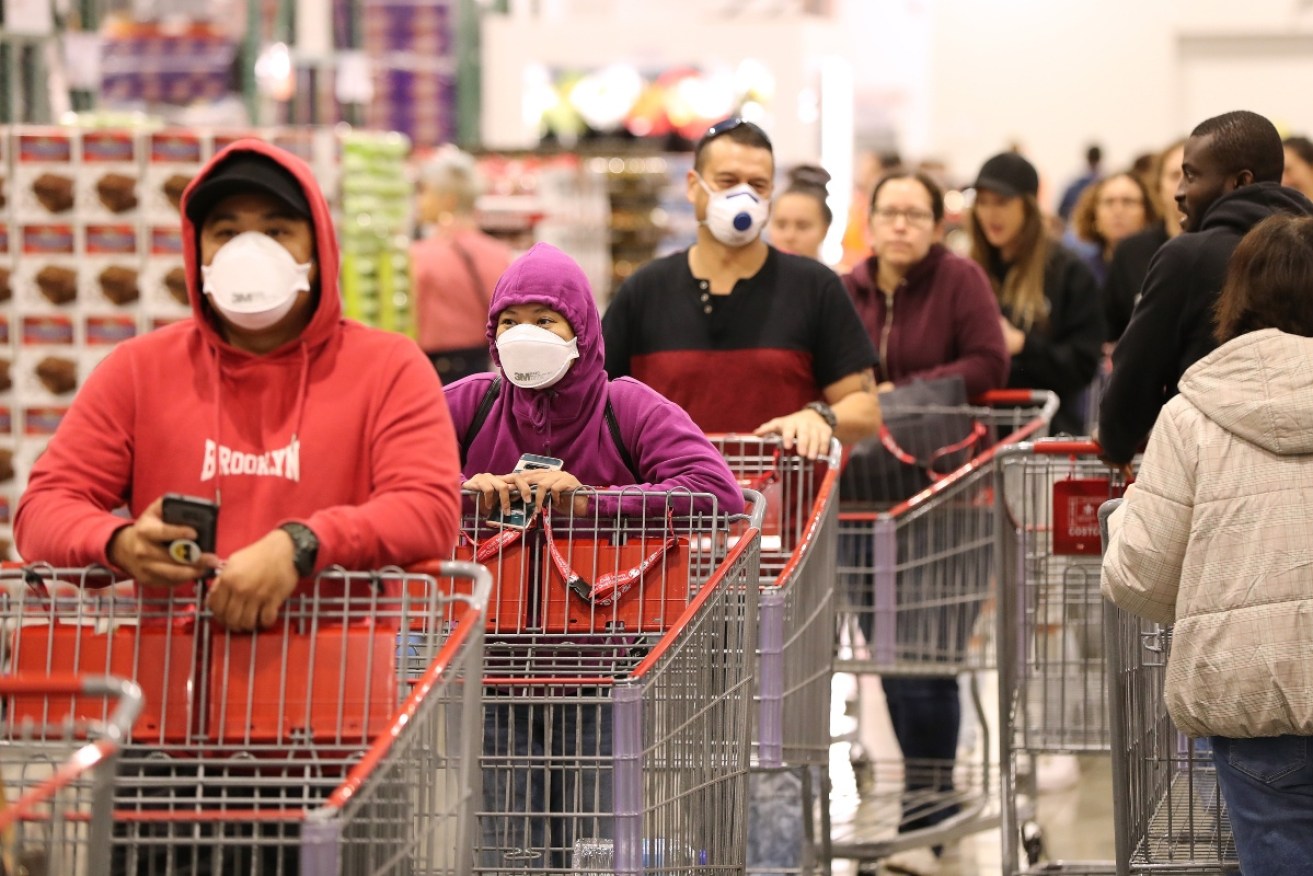COVID-19 exposure sites: Here’s what to do if you have visited one


Exposure sites and the different classifications may get a little confusing. So we've broken it down. Photo: Getty
If you have been to one of the COVID-19 exposure sites, there’s no need to panic.
It doesn’t automatically mean you’ve been exposed to the coronavirus.
Just that you have to get tested – for starters.
That has been the one consistent piece of advice from states and territories.
The rest has varied across state lines, which is why we’ve put together the video above and the guide below to help you work out what to do if you have been to an exposure site.
Victoria
OK, you’ve probably heard these three terms repeated over and over again: Tier 1, Tier 2, Tier 3.
It’s crucial that you pay attention to these categories, as they will determine what to do next if you have been to one of the state’s exposure sites.
- Tier 1: Isolate, get a COVID-19 test, quarantine for 14 days, and don’t forget to phone the Department of Health on 1300 651 160
- Tier 2: Get tested and isolate until your result comes back negative
- Tier 3: Monitor for symptoms, and get tested if any emerge.
New South Wales
It’s a slightly different story in NSW, where there are no tiers.
Rather, listed next to each exposure site is some health advice, which tells you which type of contact you are and what you should do next.
- Close contacts must get tested and isolate for 14 days regardless of the result, and call 1800 943 553 – unless NSW Health has beaten them to it
- Casual contacts must get tested and isolate until they receive a negative result. If your date of exposure at the venue occurred in the four days before it was listed, then you must get another test on day five from the date of exposure.
Queensland
- Close contacts must get tested and complete an online contact tracing form. Any exposure sites listed online that you click on will come with specific advice on what to do. But any close contacts must quarantine for 14 days even after receiving a negative result
- Casual contacts must get tested and quarantine until they receive a negative result
- Low-risk contacts must get tested but do not need to isolate unless they have symptoms. If you are experiencing a dry cough or a fever – or any other symptoms – then you must quarantine.
South Australia
Depending on the exposure site that you have visited, the advice in SA is very straightforward.
Next to the venue name listed online, you will be told either to:
- Get tested immediately, quarantine for 14 days with your household, and get tested again on day 5 and day 13
- Monitor for symptoms and get tested as soon as they develop.
Western Australia
Again, the advice is straightforward and depends on where you have been.
There’s no need to uncover what the different tiers mean – because there are none.
You may have to:
- Get tested and quarantine for 14 days
- Get tested and quarantine until you receive a negative result
- Get tested, quarantine until a negative result is returned and monitor for symptoms
- Just monitor for symptoms.
Northern Territory
The terms ‘close’ and ‘casual’ contacts come up again – and the same sort of advice applies.
- Close contacts must get tested, undertake 14 days of quarantine, and call the COVID-19 Hotline on 1800 490 484 as well as NT Health
- Casual contacts must self-quarantine, get tested, stay in quarantine until a negative test is returned, and call the COVID-19 Hotline.
Tasmania
It’s slightly more complex in Tasmania.
The Tasmanian government identifies exposure sites as high-risk (level 1) or high-risk (level 2).
- Anyone who has spent time in a high-risk (Level 1) area during the period specified – including returning Tasmanians – will not be allowed to enter Tasmania
- Anyone who has spent time in a high-risk (Level 2) area or area during the period specified – including returning Tasmanians – will not be allowed to enter Tasmania unless an essential traveller.
But if you’re already in Tasmania, then you must self-isolate and phone the Public Health Hotline on 1800 671 738 for further advice.
ACT
You may have to fill out an online declaration form if you’ve been to COVID-19 hotspot areas around Australia – and you will have to quarantine for 14 days.








